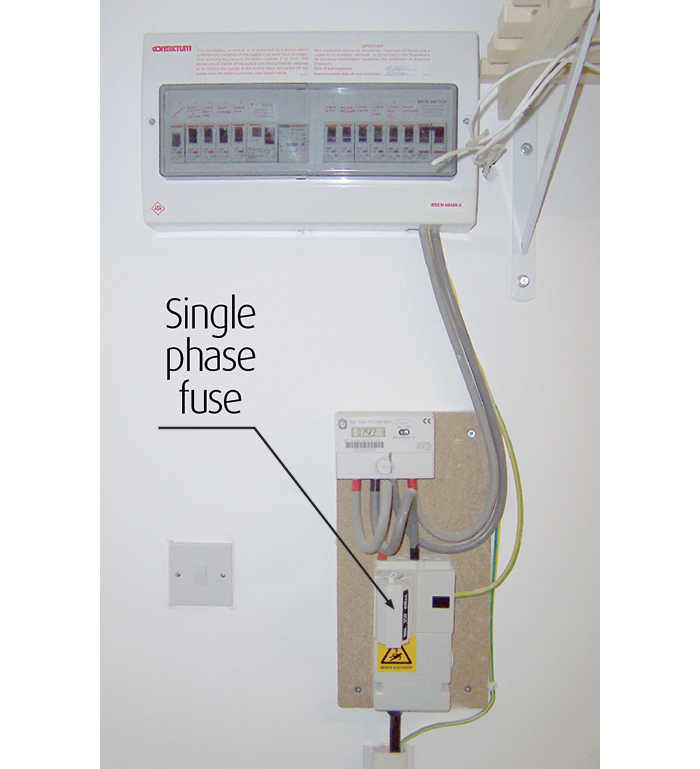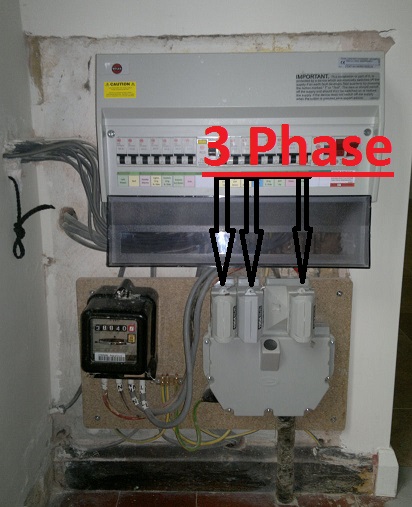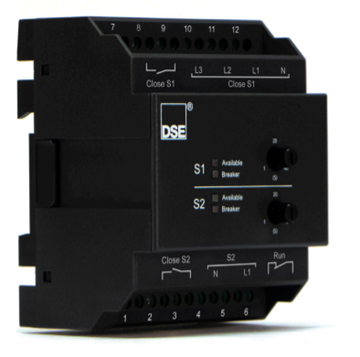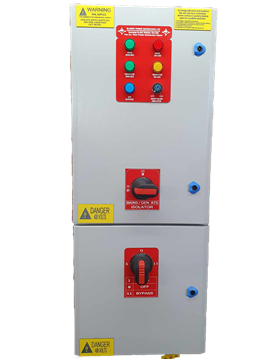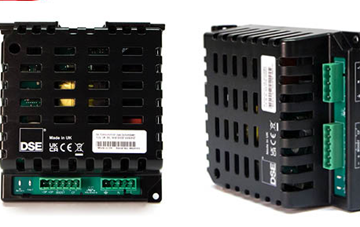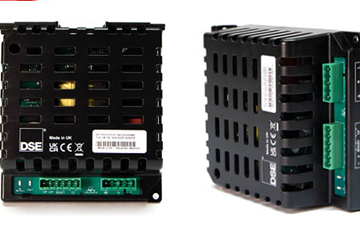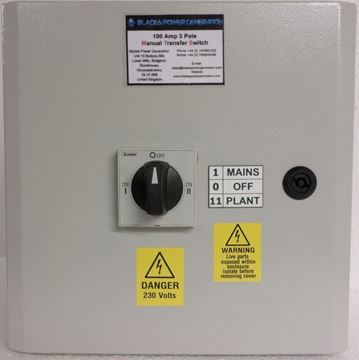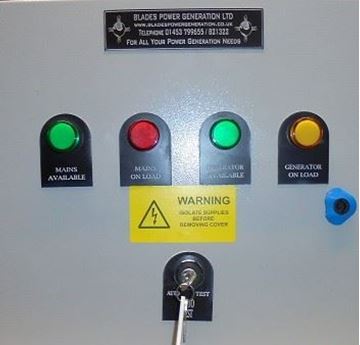If you have a standby generator at your home so that you can still generate electricity when the power fails, then the law requires you to have a transfer switch. This is the case in every country when installing a generator at a property with a mains supply. It can either be a manual transfer switch in the UK or an automatic transfer switch. It doesn’t matter which, but you must have one or the other.
The reason is actually quite simple. When you have a transfer switch it will prevent the generator from back feeding the mains when it has gone down which would put the lives of electricity workers in danger while they are attempting to restore power. It is also good for your generator because it stops mains power from coming into contact with it, which would almost certainly burn out your generator.
One advantage of a manual transfer switch in the UK is that it is cheaper to buy and install than an automatic transfer switch. However, it means that you have to switch it over manually, obviously, which means that there will be a delay in the power supply to your home or business premises.
Somebody Needs To Be On The Premises
Not only that, but it also means that somebody needs to be on the premises at the time the mains goes down. In some instances, this may not be much of a problem, but could cause issues if you need a constant supply of power. With an automatic transfer panel, the generator will start up automatically whether you are there or not.
Automatic transfer switches come in a variety of designs, but typically a mains failure relay is fitted in an electrical enclosure, with two contactors. These are electrically and mechanically interlocked so that they cannot both be closed at the same time. The contactors need electric power in order to close.
The mechanical interlock should stop both contactors closing at the same time, but the electrical interlock provides extra protection. A normally closed contact is fitted to each contactor and when the contactor is energised, they open. If you have two contactors, A and B, the circuit to close contactor A is wired through the auxiliary of B. Therefore, when B is closed, it is not possible to energize A. The same is true for B, which is wired through the auxiliary of A. This provides the electrical interlock.
What happens is that when the mains fails, the ATS will send a signal to the generator and when it is up to full power the ATS will open the mains contactor and close the generator contactor. When the mains returns, the generator contactor is opened and the mains contactor is closed. This means that there will always be a short break in the power supply when changing over.













